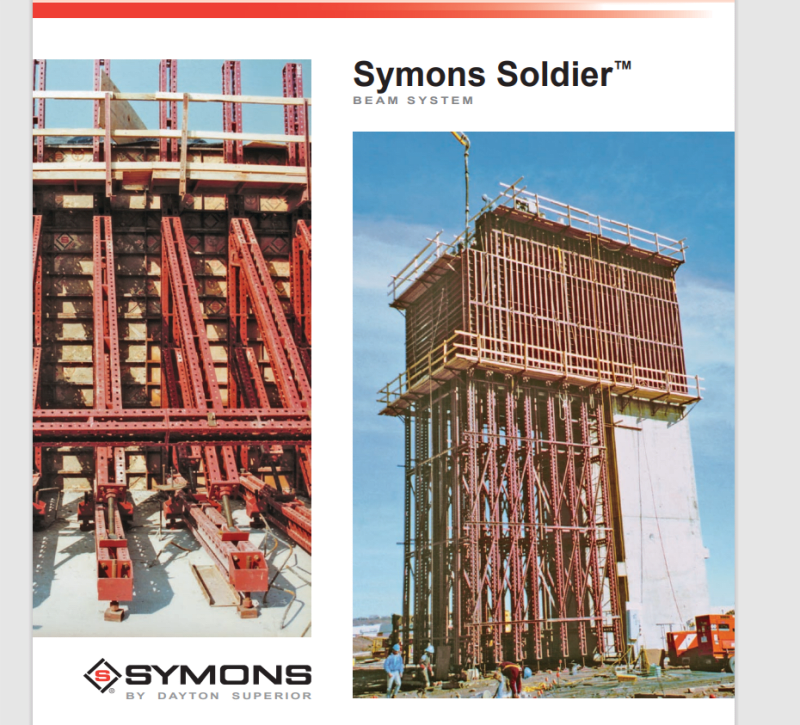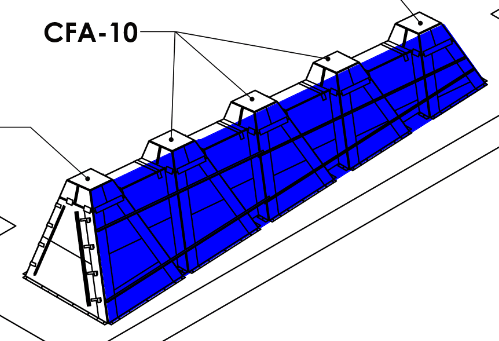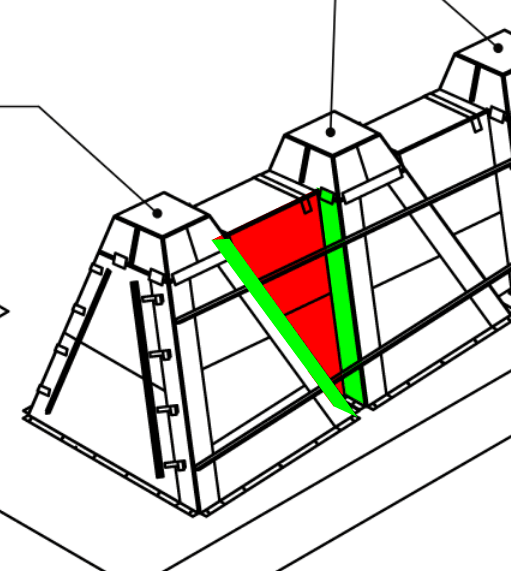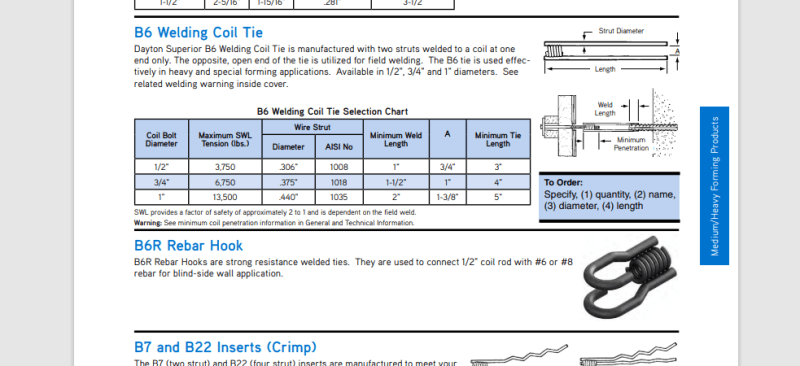Hello all you concrete form experts!
First form design here for a valued client, so I can't say no. The forms will be fabricated from sheet steel, to pour a ~ 43-ft long concrete mass varying from 6'-10" high to 3'-4". See attached sketch cross section.
A couple of rookie questions:
-I think I have to assume the lateral pressure from the concrete as normal to the form surfaces; so there will be fairly significant uplift due to the sloped forms? They are being erected on an existing slab, and will be fastened at the base with xxx anchors at xxx spacing.
-There will be kinda-sorta steel angle walers along the length, sloping as the form decreases in height. I'm told internal ties are not an option, so I'm left with bracing. If I'm pinned at the bottom slab connection, and the two sides of the form are connected with straps at the top can I possibly use walers along the height of the form at whatever interval is required? I'm thinking with the non-symmetrical angles on the two sides I will have a net force one way trying to push the form over?
-Any other words of wisdom to kick my design off on the right foot?
Thanks in advance!
First form design here for a valued client, so I can't say no. The forms will be fabricated from sheet steel, to pour a ~ 43-ft long concrete mass varying from 6'-10" high to 3'-4". See attached sketch cross section.
A couple of rookie questions:
-I think I have to assume the lateral pressure from the concrete as normal to the form surfaces; so there will be fairly significant uplift due to the sloped forms? They are being erected on an existing slab, and will be fastened at the base with xxx anchors at xxx spacing.
-There will be kinda-sorta steel angle walers along the length, sloping as the form decreases in height. I'm told internal ties are not an option, so I'm left with bracing. If I'm pinned at the bottom slab connection, and the two sides of the form are connected with straps at the top can I possibly use walers along the height of the form at whatever interval is required? I'm thinking with the non-symmetrical angles on the two sides I will have a net force one way trying to push the form over?
-Any other words of wisdom to kick my design off on the right foot?
Thanks in advance!




